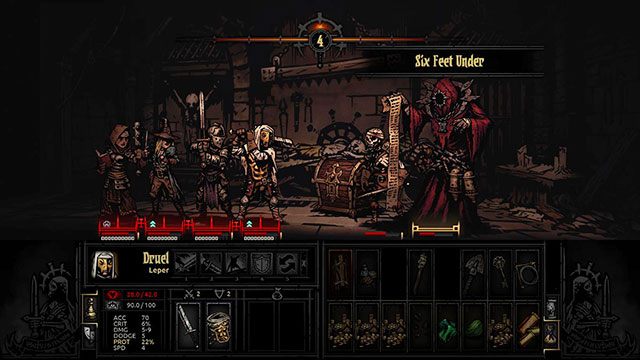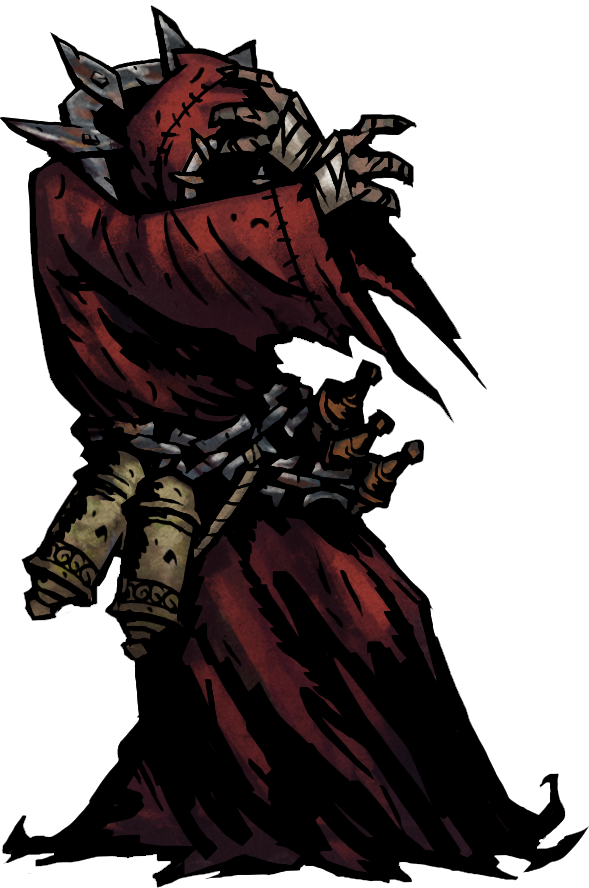

In another type of event cultists offer Iratus a choice of 3 minor magic items. For example, one type of room lets you heal all the minions in the active party or recover any mana Iratus may have consumed.

Between battle rooms are positive event rooms. At certain points you have a choice, for example go left or go right. You can see the dungeon layout from above. The miners you face on the first dungeon level are weak, but that changes quickly. But Iratus: Lord of the Dead is in many ways its own game, for better or worse. The game also has some rogue-light qualities, such as having only one save and a somewhat random dungeon floor layout. Battles are from the side view, and undead minions have different powers which can be executed dependent on where they stand in the battle formation. Each battle is potentially dangerous, and minions are only to a certain degree expendable. Iratus must escape his confinement and defeat all the mortal enemies who face him. Anyone who has played or seen Darkest Dungeon will see its influence on Iratus: Lord of the Dead. The necromancer must also manage a number of resources, so he can replace dead minions, bolster existing ones, and increase his own powers. As a traditional villain, Iratus leaves most of the dirty work to his minions, whom he supports from a safe distance with his magic. The necromancer sends his minions to conquer a series of catacombs in order to make it to the surface, where he can realize his dream of extinguishing all life. Instead of playing a group of heroes who travel through a dungeon to face some ancient evil, you play Iratus, who is a necromancer that has been unintentionally freed from his tomb by foolish grave robbers. Iratus: Lord of the Dead is a reversed dungeon crawler.


 0 kommentar(er)
0 kommentar(er)
